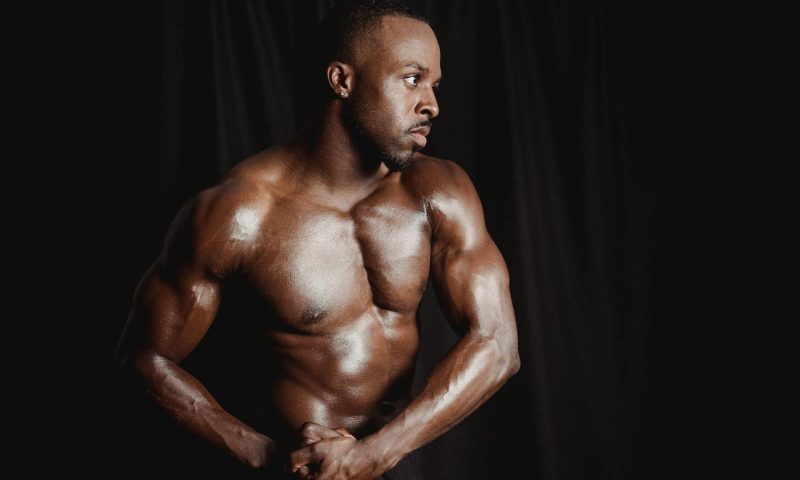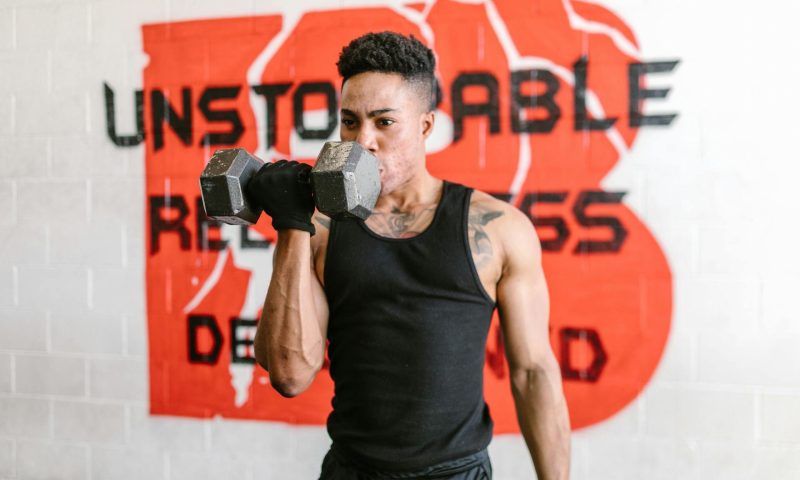Some want to grow bigger biceps for the aesthetics and to sculpt a more muscular physique, and others just want to boost strength and fitness. When we think about a strong male upper body or a powerlifter, we envision those bulging biceps under boulder shoulders and next to defined pecs. Interestingly, the size of the bicep muscles could be an indicator of long-term health, and working those biceps is typically included in most resistance training and strength training programs.
Staying dedicated to your arm workouts, upper body days, and bicep exercises pays off in the long run, and research reveals that resistance training does build muscle. Of course, not everyone has arms like Arnold Schwarzenegger’s or those of leading bodybuilders in their prime, but when I heard about the data on the average bicep size, I was certainly interested. Let’s check it out.
The average male bicep size

According to the CDC’s National Health and Nutrition Examination Survey involving 19,151 participants, here is the average male bicep size by age:
| Age range | Average midarm circumference size |
| 20-29 years | 32.3 cm |
| 30-39 years | 33 cm |
| 40-49 years | 33.3 cm |
| 50-59 years | 33.2 cm |
| 60-69 years | 32.8 cm |
| 70-79 years | 31.8 cm |
| 80+ years | 30.7 cm |
This equates to approximately 12.7 to 13.1 inches at the biggest point.
The benefits of bigger biceps

Muscle size and strength are key for your overall wellness and longevity, and research from the National Institutes of Health (NIH) reveals that growing and preserving muscle promotes longer lifespans. Building bigger biceps isn’t just for the aesthetics; it could genuinely help you live longer and healthier.
Muscle plays a crucial role in your metabolic health and insulin sensitivity, which can influence your risk of developing metabolic issues and type 2 diabetes. An interesting large study involving almost 900,000 people concluded that those with low muscle mass in their upper arms, measured by upper arm circumference, had a higher risk of mortality from a wide range of causes.
A key indicator of health

This research highlights the health and longevity benefits of bigger, more muscular upper arms. The researchers stated that arm circumference was one of the most reliable and accessible indicators of muscle health. I think it’s time to power through a few rounds of bicep curls.




